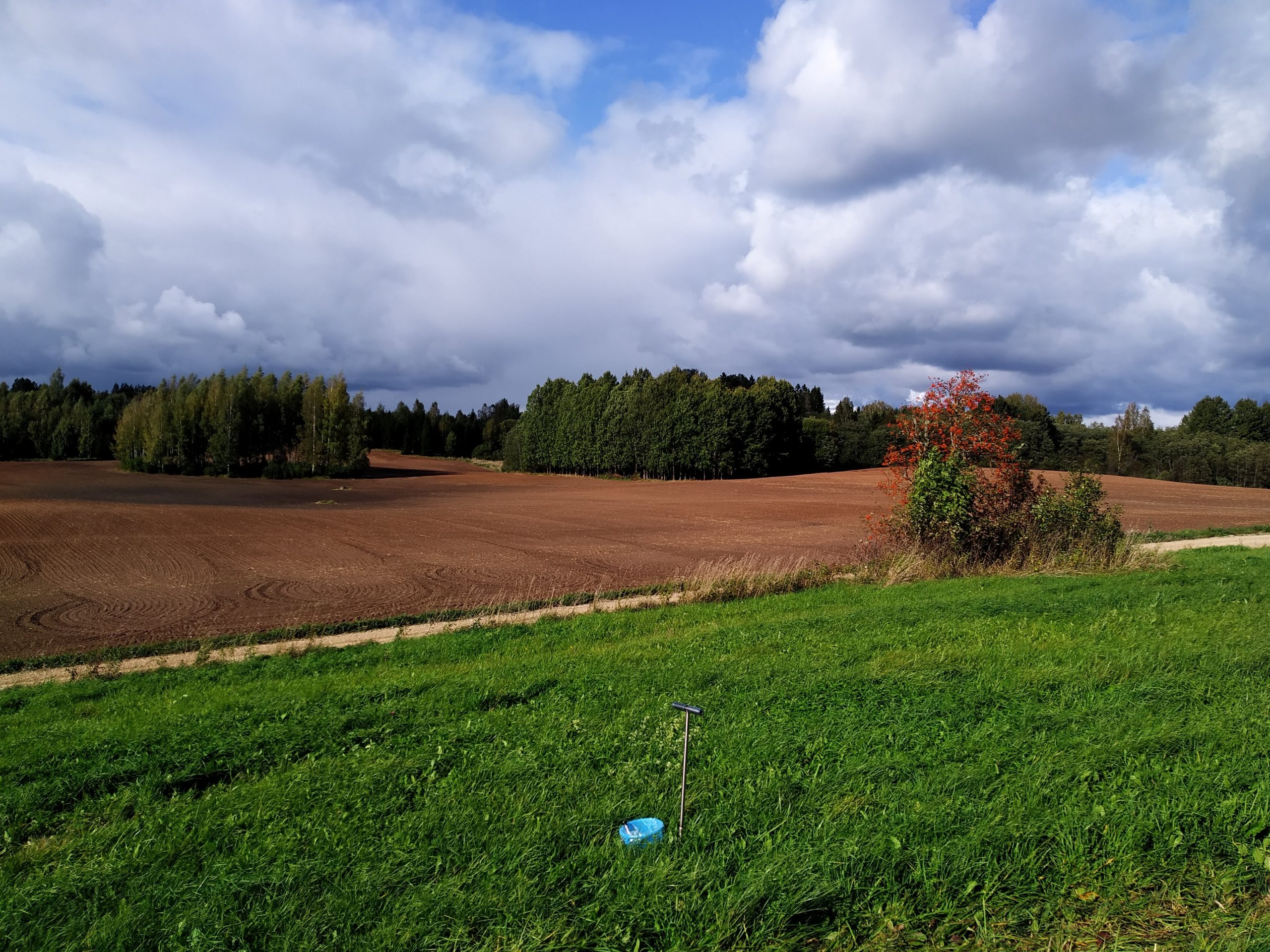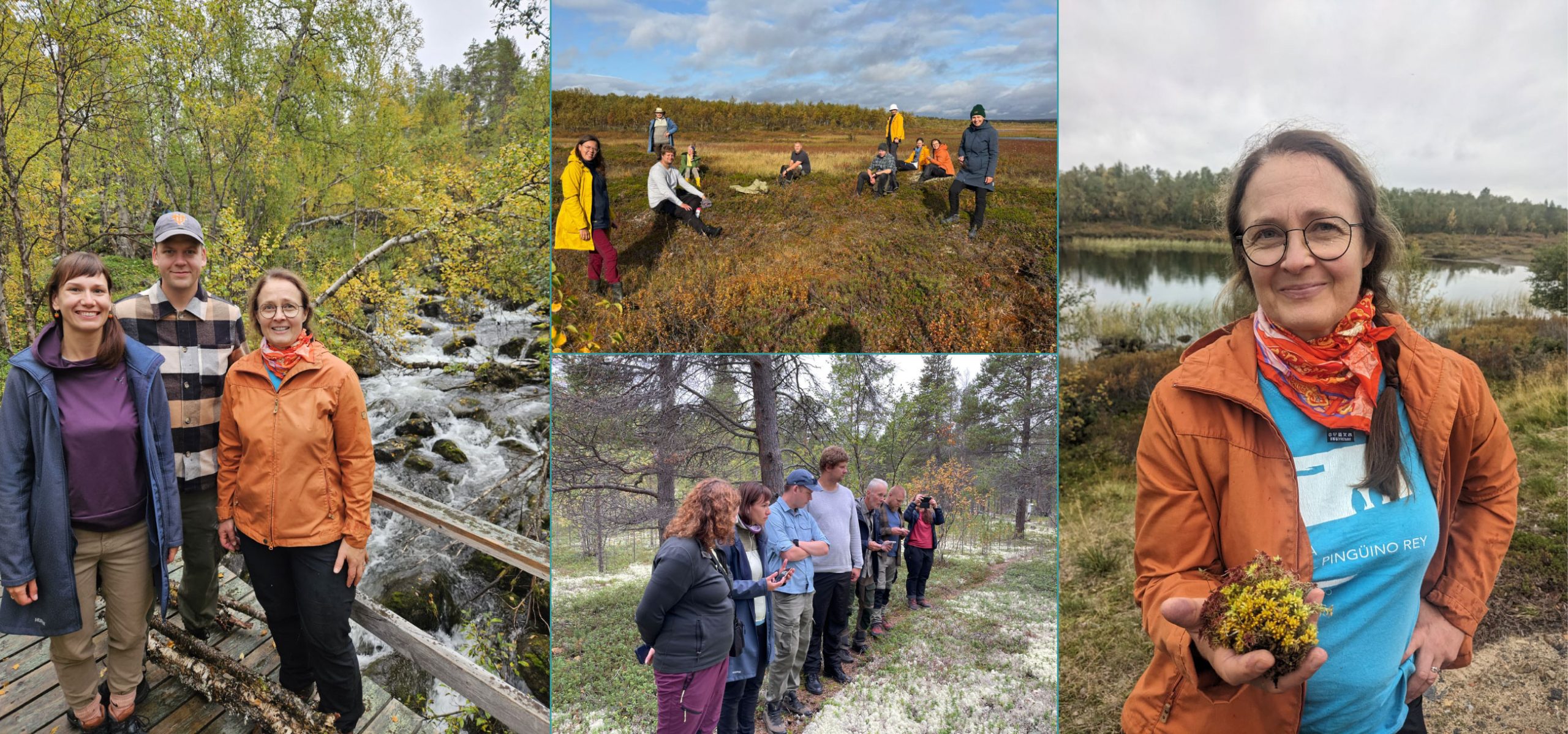From September 5-10, 2025, Prof Maarja Öpik, Tanel Vahter, and Inga Hiiesalu-Vahter joined plant ecology colleagues on a scientific expedition to Northern Finland and Norway to deepen their understanding of subarctic ecosystems. The team visited the University of Turku’s Kevo Research Station, where some previous mycorrhizal studies took place, and examined vegetation type changes along a latitudinal gradient – from around 69°N to the Barents Sea(beyond 70°N) – from forest zones to palsa mires, and tundra.
The expedition also explored the impact of reindeer husbandry on subarctic vegetation and discussed the potential for organizing field courses for graduate students in the region. A key focus was ecosystem dynamics, such as the widespread dieback of birch stands caused by the autumnal moth and the suppression of regrowth by reindeer – an effect observed in Finland but not across the border in Norway. In lower-lying areas, winter temperatures were low enough to kill moth larvae, highlighting a complex interaction between pests, herbivores, and climate change.
Beyond research, participants experienced local natural phenomena including the northern lights, abundant fungi and edible mushrooms, and a rich berry harvest. Such immersive fieldwork offers invaluable insights that enhance the teaching of complex interactions in ecosystems and provide real-world examples of environmental change.


